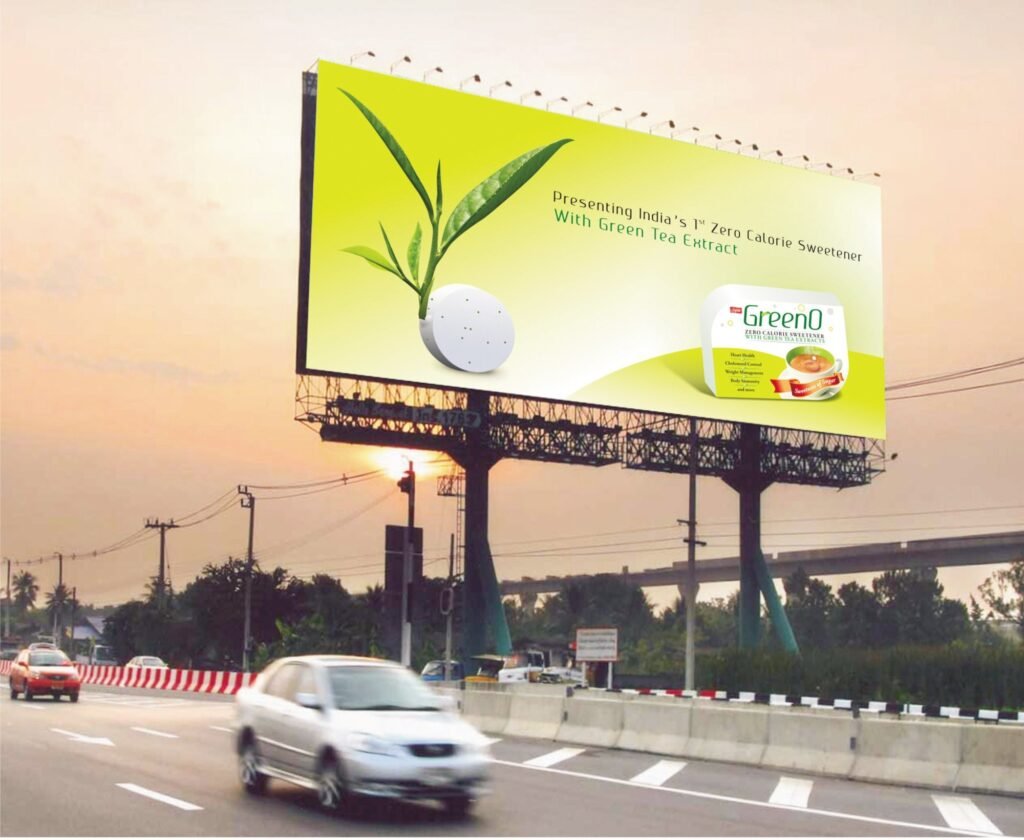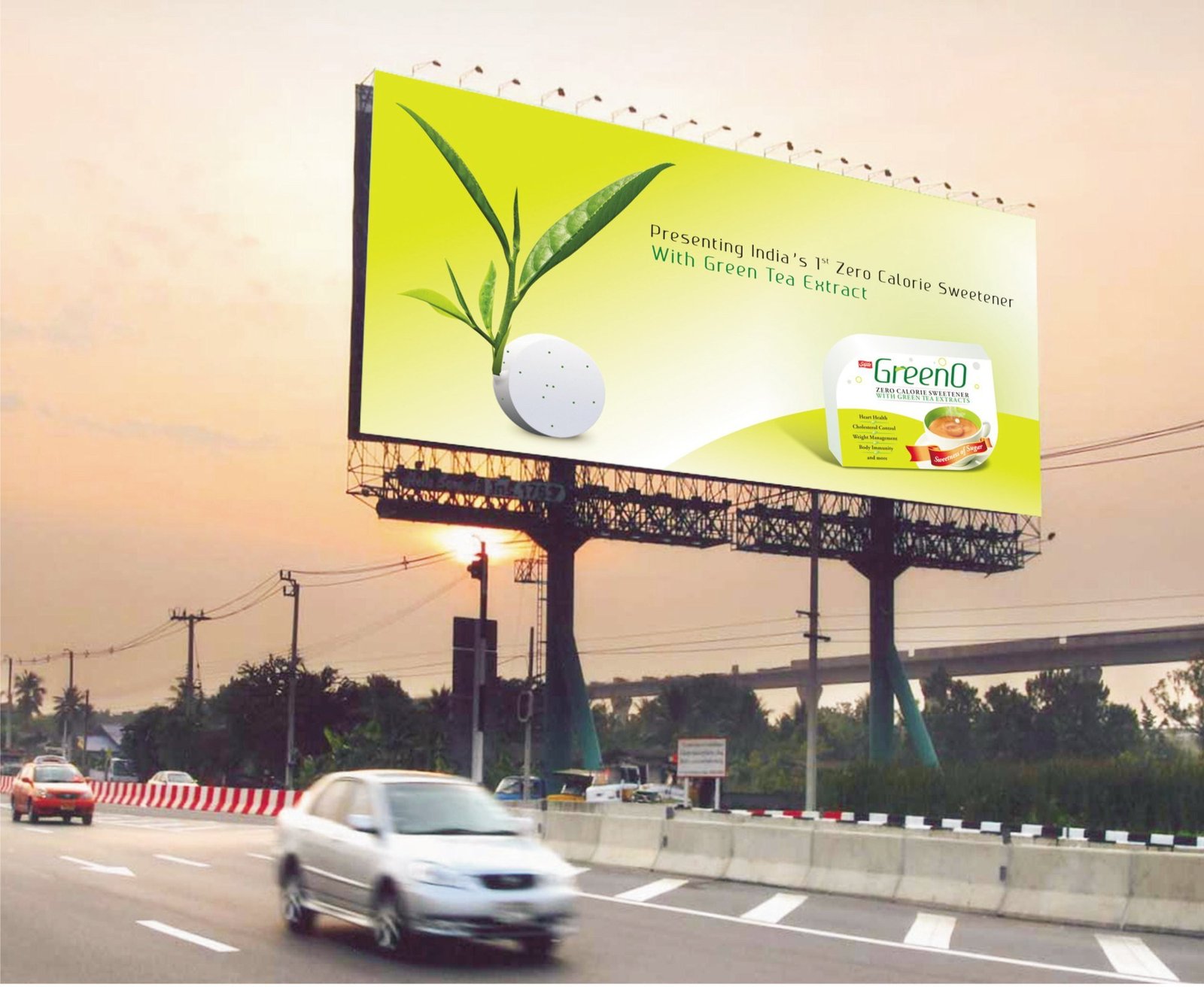
Introduction: Why Do Hoardings Grab Your Attention Instantly?
Imagine driving down a busy street when a massive billboard catches your eye. You didn’t plan to notice it, but its vibrant colors, compelling message, and strategic placement made it impossible to ignore. That’s the power of hoarding advertising. But why does it work so well? The secret lies in human psychology.
From color psychology to reasonable biases, hoarding advertising taps into deep-seated mental triggers that influence consumer behavior. In this Article, we’ll explore the science behind hoarding advertising success and how businesses can leverage it for maximum impact.
The Science Behind Hoarding Advertising Effectiveness
1. The Power of Visual Dominance
Humans are naturally drawn to large, visually striking objects. This is because our brains prioritize visual information over text or audio cues. Hoardings, being massive and placed in high traffic areas, command immediate attention.
Size Matters: The larger the ad, the harder it is to ignore.
Bold Typography: Easy-to-read fonts ensure the message is absorbed instantly.
Vivid Colors: Colors evoke emotions—red signals urgency, blue creates trust, and yellow grabs attention.

2. Strategic Location & Repetitive Exposure
Hoardings are placed where people frequently travel—highways, commercial hubs, and intersections. This leads to repetitive exposure, a psychological principle stating that people are more likely to trust and remember messages they see repeatedly. Familiarity Bias: When consumers see a brand frequently, they perceive it as reliable.
Geographical Targeting: Hoardings can be strategically positioned near retail stores to drive foot traffic.
24/7 Visibility: Unlike digital ads that can be skipped, hoardings are always in view.
3. Emotional Connection & Storytelling
People connect with emotions more than facts. Hoardings that tell a story or evoke strong feelings create lasting impressions. Humor & Entertainment: Ads that make people laugh are more memorable.
Inspiration & Motivation: Aspirational messaging encourages engagement.
Fear & Urgency: Limited time offers or warnings trigger immediate action.
The Role of Neuromarketing in Hoarding Advertising
4. Color Psychology in Ads
At ACME Advertising Co., we specialize in crafting high-impact hoarding advertisements with the perfect color combinations to enhance visibility and engagement. Red: Passion, urgency, excitement (used in clearance sales and fast food ads)
Blue: Trust, security, professionalism (banks and tech brands use this)
Green: Nature, health, growth (ecofriendly and wellness brands prefer this)
Yellow: Optimism, happiness, energy (common in food and retail ads)
Black: Luxury, sophistication, exclusivity (high-end brands love black)

5. The Rule of Simplicity
Hoardings have just a few seconds to convey their message. Overcomplicated designs or excessive text can lose the audience’s attention. The best hoardings follow the “5second rule”—if a passerby can’t grasp the message within 5 seconds, the ad needs improvement.
Concise Copy: Keep messages under 10 words.
Strong CTA (Call to Action): Tell people what to do next (e.g., “Visit Now,” “Call Today”).
Minimalist Design: Less clutter = more focus on the core message.
6. Cognitive Biases That Influence Consumer Behavior
Hoarding advertising leverages psychological biases, including: Anchoring Effect: When people rely on the first piece of information they see (e.g., “50% OFF” grabs attention immediately).
Scarcity Principle: “Limited Offer” messaging triggers FOMO (Fear of Missing Out).
Social Proof: Displaying testimonials or recognizable figures increases credibility.
Crafting a High Impact Hoarding Advertisement
7. Understanding Your Target Audience
Different demographics respond to different messaging techniques. Researching your audience ensures your ad resonates with them. Age Group: Youthful audiences prefer vibrant, trendy visuals; older audiences resonate with clarity and trust driven messaging.
Interests & Lifestyle: Tec savvy consumers appreciate futuristic designs, while health conscious individuals are drawn to natural themes.

8. Choosing the Right Placement & Timing
Traffic Analysis: Identify high footfall areas to maximize visibility.
Time Sensitive Messaging: Seasonal sales, event promotions, and product launches benefit from timely hoardings.
Conclusion: The Future of Hoarding Advertising
Hoarding advertising is not just about large posters; it’s about understanding how the human brain perceives information and reacts to it. By leveraging psychology, brands can craft highly effective hoardings that drive engagement and sales.
As technology evolves, digital hoardings, interactive billboards, and AIpowered analytics are transforming traditional outdoor advertising. However, the fundamental principles of psychology will always remain at its core.
Ready to Elevate Your Brand with Hoarding Advertising?
If you’re looking to create impactful hoardings that capture attention and drive conversions, get in touch with
ACME Advertising Co. today!
Expend your network with us, Let’s connect on LinkedIn


Ido not even knw how I ended up here, but I thought this post was good.
I do not know who you are but certainly you are going tto a famous
blogger if you are not already 😉 Cheers!